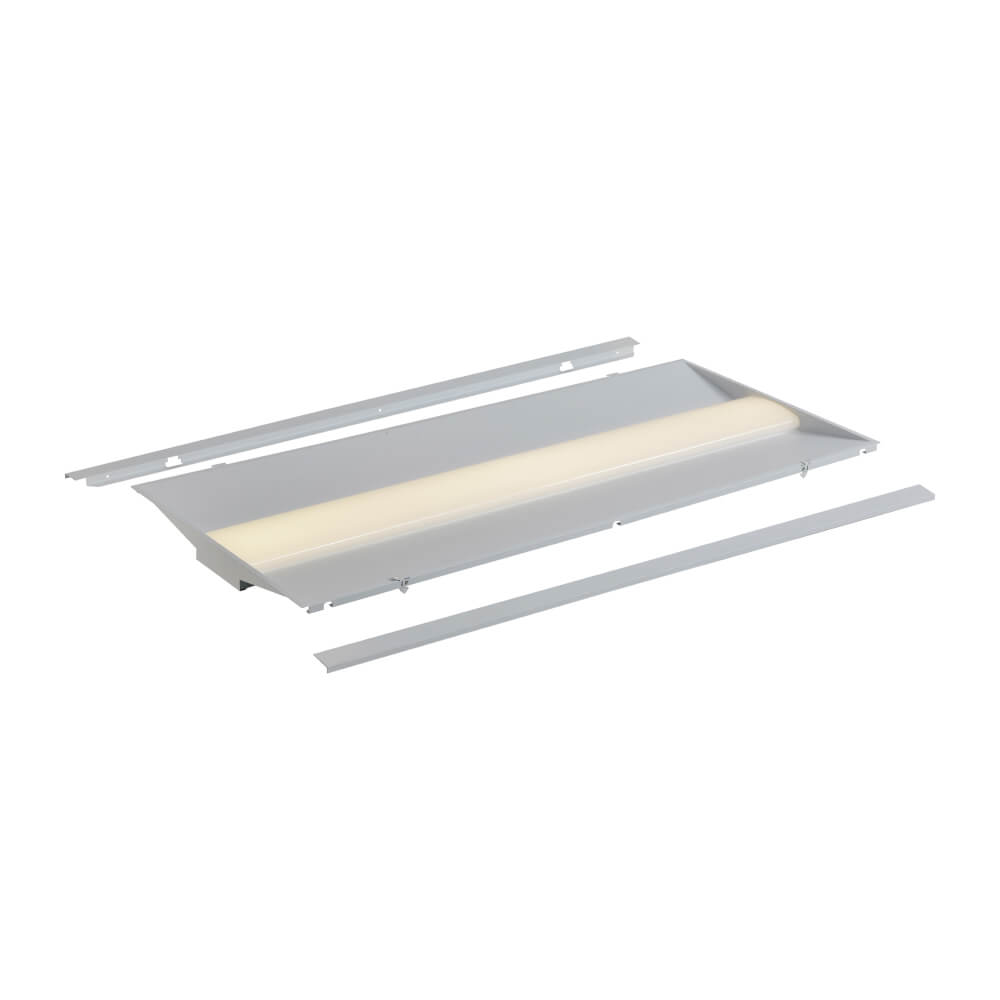In recent years, the retail industry has seen a significant shift in the way supermarkets are lit. The adoption of LED lighting systems has revolutionized the way supermarkets operate, providing numerous benefits for both the business and the environment. In this article, we will explore the impact of LED lighting systems on the future of supermarkets and how they are transforming the industry.

Energy Efficiency and Cost Savings
One of the most significant advantages of LED lighting systems in supermarkets is their energy efficiency. LED lights consume significantly less energy than traditional lighting systems, resulting in substantial cost savings for supermarket owners. The reduced energy consumption also contributes to a lower carbon footprint, aligning with the growing emphasis on sustainability in the retail sector.
Furthermore, LED lighting systems have a longer lifespan compared to traditional lighting, reducing the frequency of replacements and maintenance costs. This long-term cost efficiency makes LED lighting an attractive investment for supermarkets looking to optimize their operational expenses.
Enhanced Shopping Experience
LED lighting systems have the capability to enhance the overall shopping experience for customers. The quality of light produced by LEDs is superior, providing better illumination and color rendering. This not only creates a more visually appealing environment for shoppers but also improves the visibility of products on display.
Additionally, LED lighting allows for greater flexibility in creating ambiance and highlighting specific areas within the supermarket. Dynamic lighting control systems can be implemented to adjust the lighting according to different times of the day or specific promotions, creating a more engaging and immersive shopping environment.
Product Freshness and Shelf Life
Another significant impact of LED lighting systems in supermarkets is their ability to preserve the freshness and shelf life of perishable products. Traditional lighting, such as incandescent or fluorescent bulbs, emit heat that can accelerate the spoilage of food items. In contrast, LED lights produce minimal heat, reducing the risk of temperature-related damage to products.
Furthermore, certain LED lighting technologies can be tailored to emit specific wavelengths of light that inhibit the growth of bacteria and mold, extending the shelf life of fresh produce and other perishable goods. This not only benefits the supermarket in terms of reducing food waste but also ensures that customers have access to higher quality and longer-lasting products.
Data-driven Insights and Analytics
LED lighting systems are not just a source of illumination; they can also serve as a valuable tool for gathering data and generating insights. Advanced LED fixtures equipped with sensors and connected to a centralized system can collect information on customer traffic patterns, popular shopping areas, and dwell times.
By leveraging this data, supermarkets can gain a deeper understanding of customer behavior and preferences, enabling them to optimize store layouts, product placements, and marketing strategies. The integration of LED lighting with data analytics opens up new possibilities for enhancing the overall shopping experience and driving business growth.
In conclusion, the adoption of LED lighting systems is reshaping the future of supermarkets in profound ways. From energy efficiency and cost savings to improved shopping experiences and data-driven insights, LED lighting is revolutionizing the industry and setting new standards for sustainable and customer-centric retail environments.







